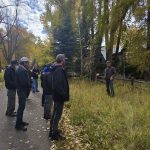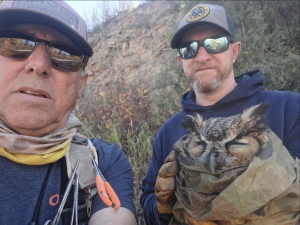Aspen project offers unhoused individuals wildfire mitigation skill set
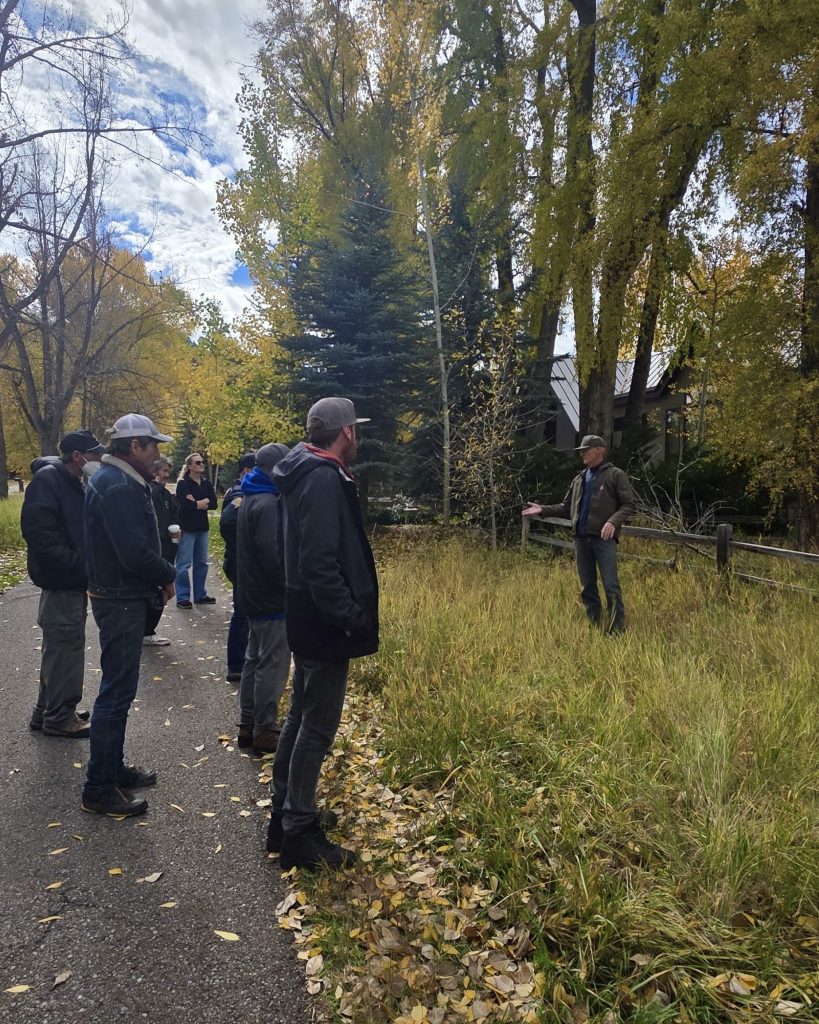
Aspen Police Department/Courtesy photo
For the first time, Resilience Force and the Aspen Wildfire Foundation have partnered to lead a Vegetation Management and Wildfire Reduction Demonstration Project in Aspen, combining hands-on wildfire mitigation with workforce training to help support community members and prepare the valley for extreme weather events.
Resilience Force is a a national initiative to transform America’s response to disasters through the workforce. The Aspen project takes place from Oct. 13 to 17, according to a press release, rooting Resilience Force’s national model with local male individuals deemed unhoused — meaning homeless or currently lacking permanent housing — and hoping to build a skill set to find future employment. Aspen Police Department, including experts in mental health and community engagement, helped choose the participants.
“I picked these individuals out (for the program) specifically because I was aware of their stories and what they were going through currently and what I know of their past and their histories,” said Braulio Jerez, human service officer with the Aspen Police Department. “My goal is that these individuals that are working on this project gather a skill set, and I’m hoping that this leads to other job opportunities with companies up and down the valley that do yearlong mitigation.”
According to the press release, “this pilot program offers both immediate, meaningful work and a potential pathway toward longer-term stability through workforce development in the wildfire resilience sector.”
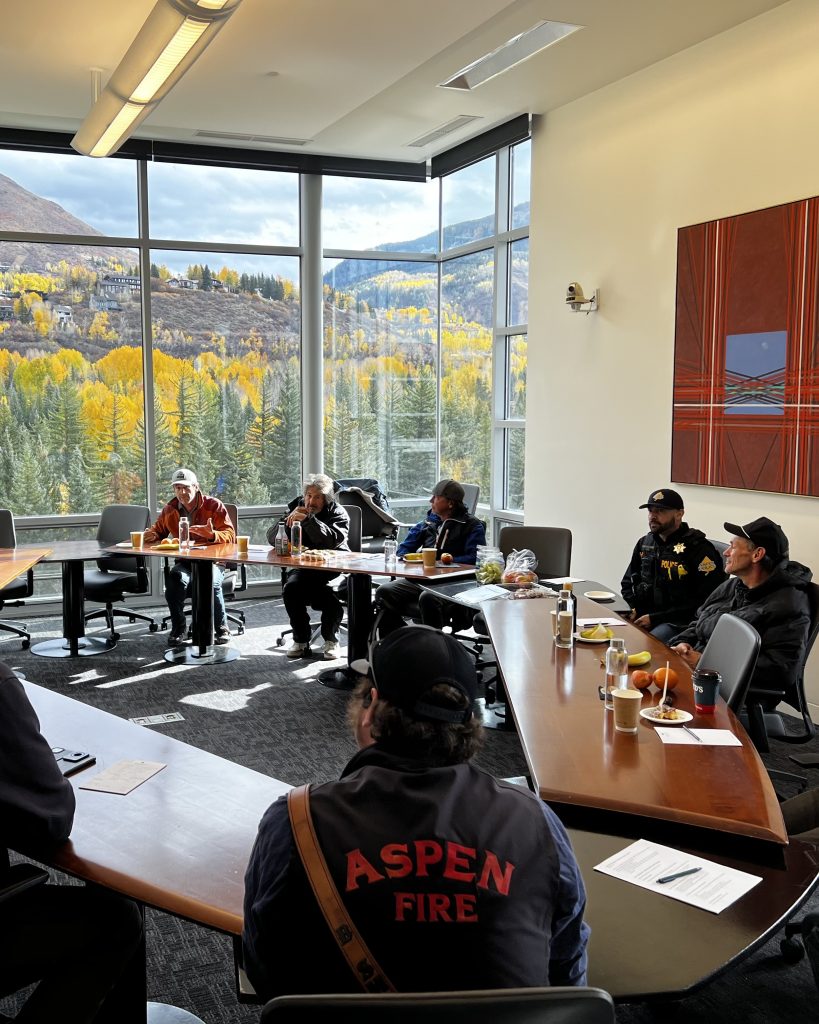
Jerez did note, however, that when identifying individuals for the project, he had a tough time getting anyone in the local migrant and immigrant communities to talk to him in light of what’s been happening with national policy and agenda.
“It was difficult for a lot of folks here locally in our communities to have a conversation with a law enforcement officer … because of the current state of affairs in our country,” he said.
According to him, even though his intention was to help provide opportunities for members of that community, “That doesn’t mean the fear doesn’t exist. It’s tough to make these connections and tap into that workforce that is struggling because of who we are and what we look like (as police officers).”
Despite this challenge, he commended Resilience Force, the national programming behind the project, and their goal to create opportunities for people who have been displaced.
Resilience Force was founded after Hurricane Katrina and has become a national leader in developing a new kind of “essential labor,” according to the release, by training workers who perform the year-round work of resilience including wildfire prevention.
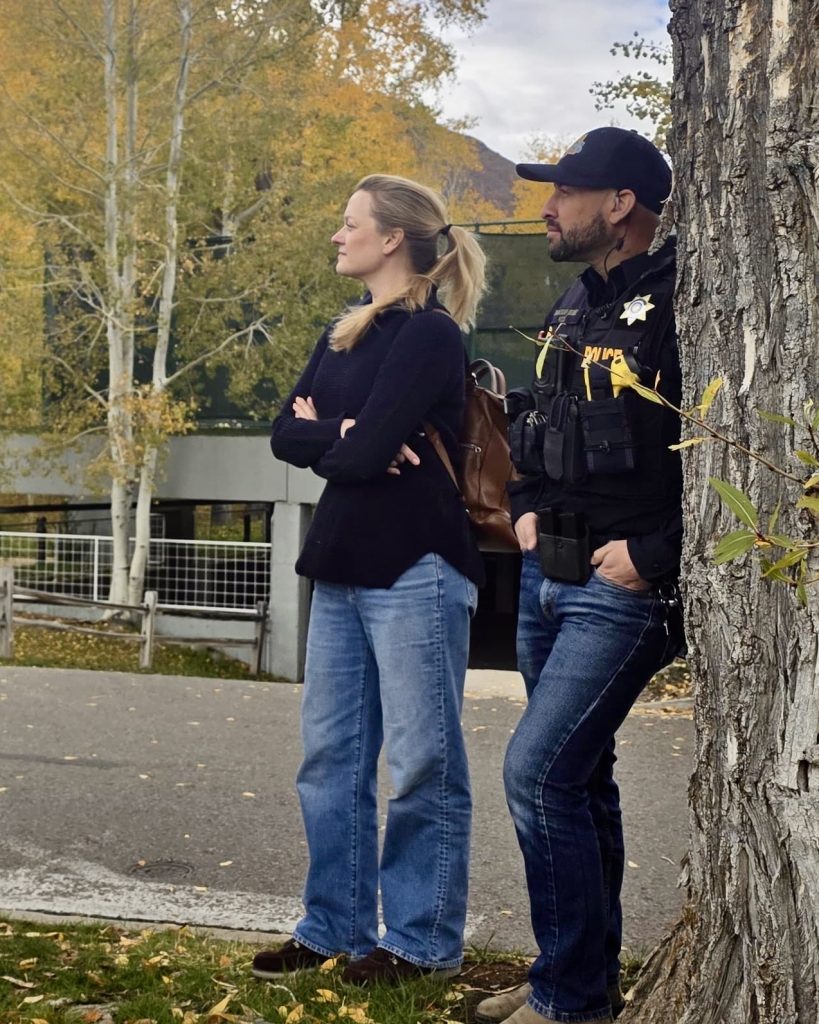
“Resilience Force is committed to carrying out the work of preparing every home to survive the wildfires that might be coming the day after tomorrow,” Saket Soni, Resilience Force executive director, said in the release. “In an age of extreme weather, our communities must be prepared. To that, we must have a workforce to perform critical adaptation work. A resilient workforce is essential. We’re building that here in Aspen.”
Over the course of the five days, the five Aspen trainees have been working alongside an experienced vegetation management crew and trainer to learn the science and practice of wildfire fuels reduction. The team cleared flammable vegetation along the Aspen Meadows property and nearby residential areas, cut back sage fields, removed low limbs and ladder fuels, and cleared dead and downed cottonwood trees that could block escape routes during a fire.
“I think this wildfire mitigation project aligns with what our city — and county, as well — is trying to establish,” Jerez said, “a resilient community, as well as the ability to protect our community from these types of hazards.”
Trainees received instruction in safety, ecology, and technical skills. The project aims to demonstrate the effectiveness of vegetation management as a wildfire reduction tool.
“This effort shines a light on what can happen when we bring people and purpose together,” Rick Balentine, chair of the Aspen Wildfire Foundation and recently retired fire chief of the Aspen Fire Protection District, said in the release. “If successful, it could open doors for residents seeking meaningful work while addressing one of the most urgent needs in our valley: wildfire resilience. I’m proud of the seven or eight public and private partners who came together to make this possible and excited about the impact this collaboration can have for years to come.”
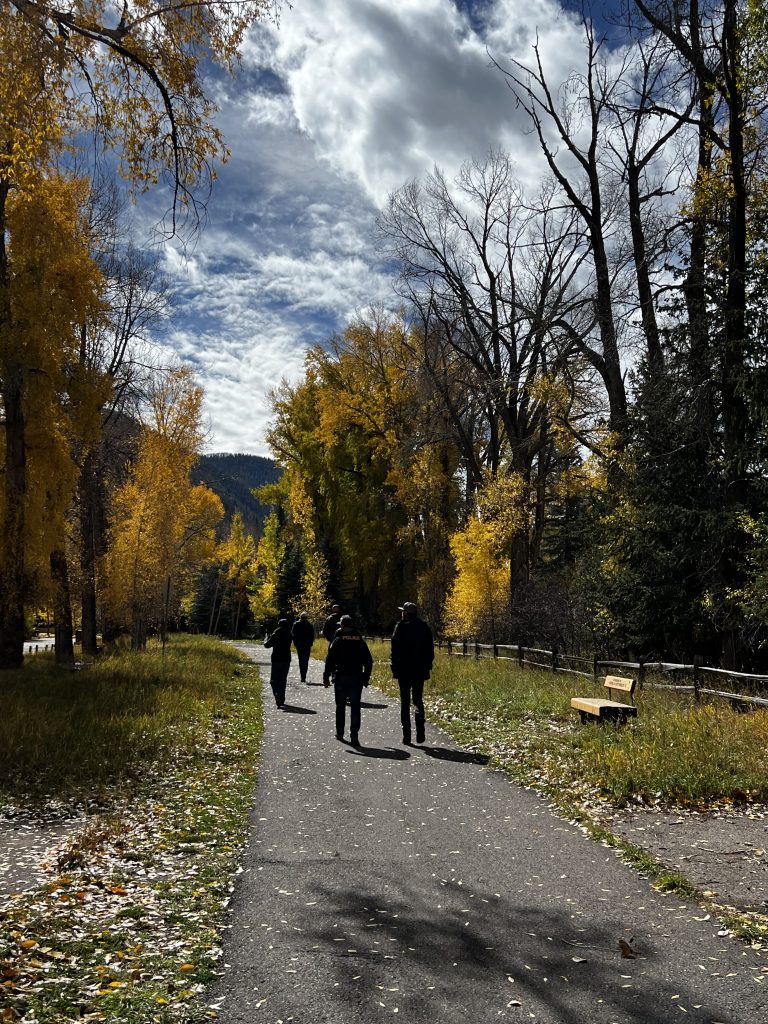
Aspen Fire Protection District, the Wildfire Collaborative Roaring Fork Valley, city of Aspen, Aspen Police Department, Western Vegetation Management, the Aspen Institute, and local property owners all collaborated to bring the project to life.




